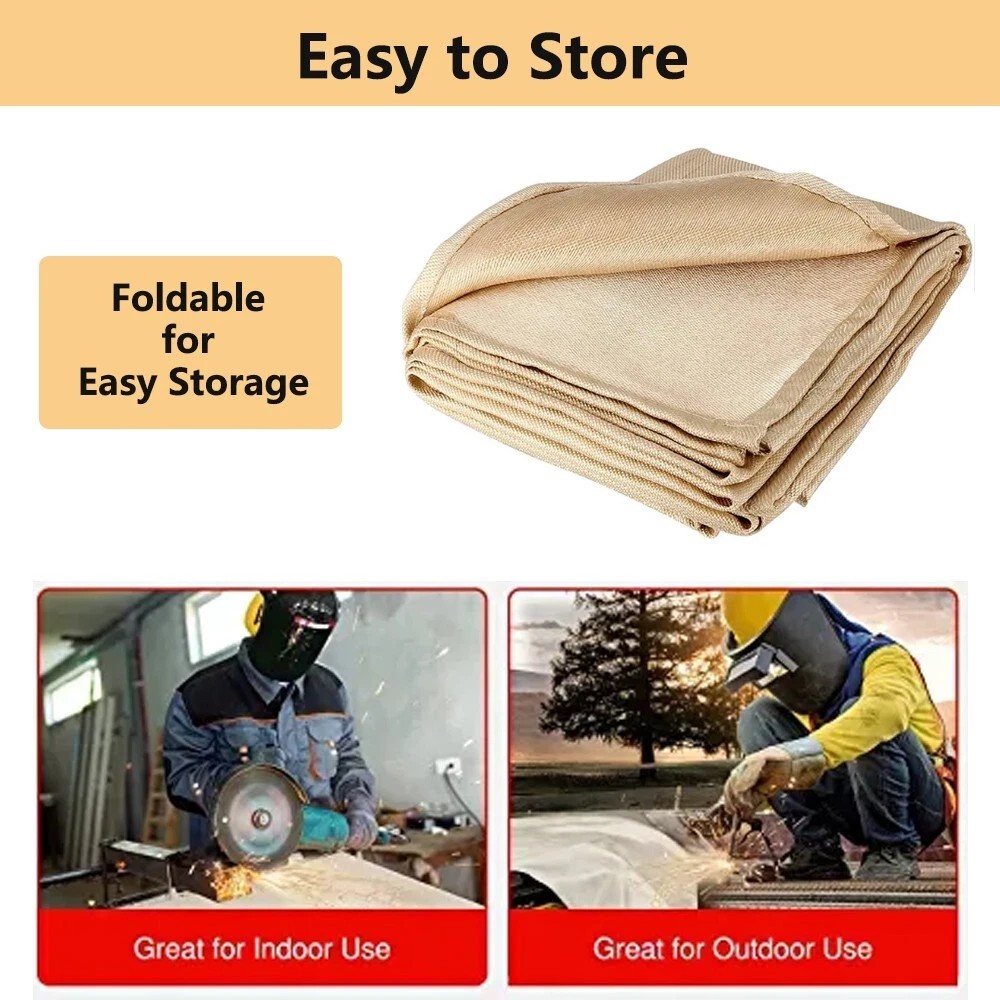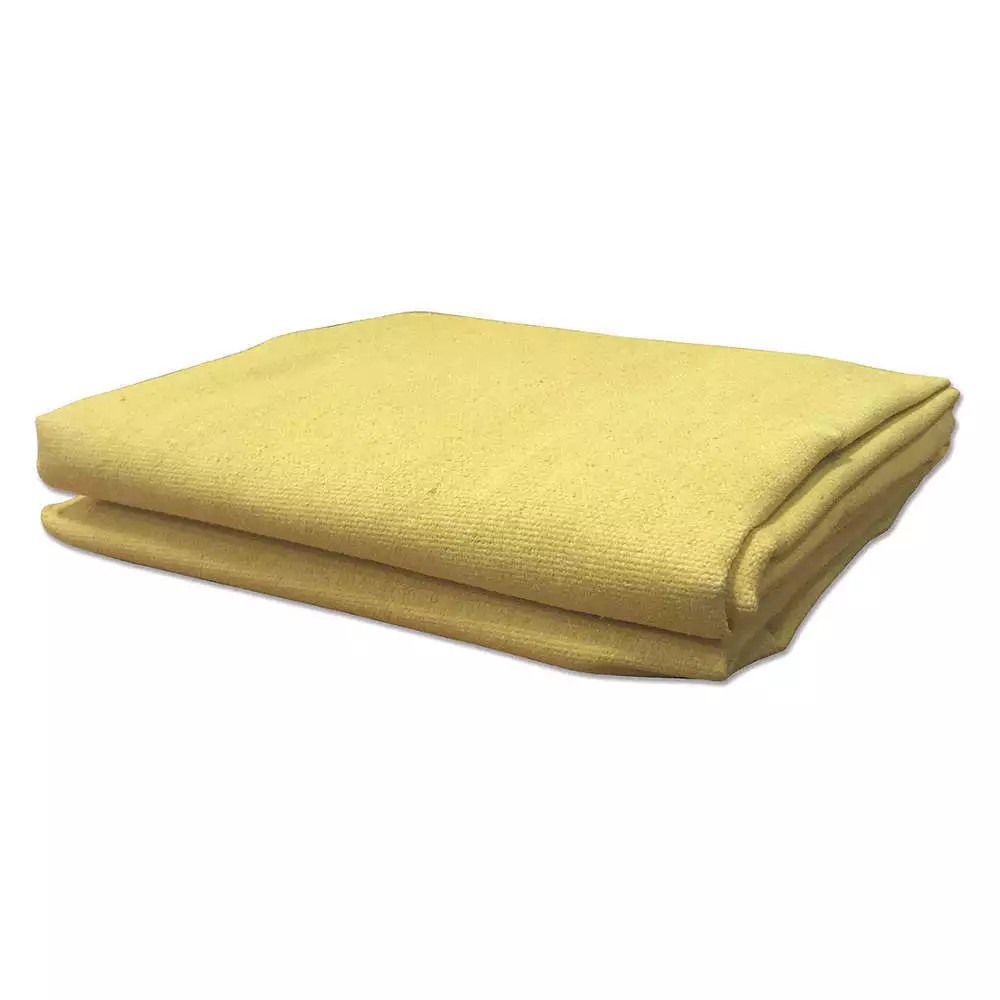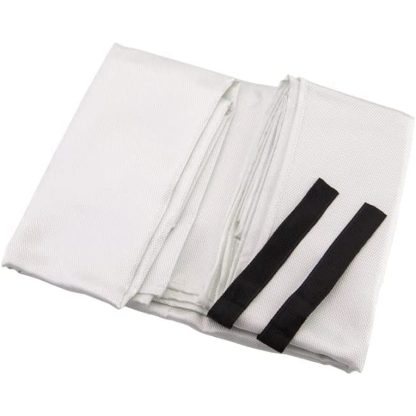Carbon Fiber vs Fiberglass Welding Blanket: Key Differences Explained
When choosing welding blankets, you face the carbon fiber vs fiberglass dilemma. This guide compares their heat resistance, durability, cost, and applications to help you select the right protection for your welding projects.
Understanding Welding Blanket Materials
Welding blankets protect surfaces from sparks, slag, and heat during welding operations. The two most common materials are carbon fiber and fiberglass, each with distinct properties that affect performance.
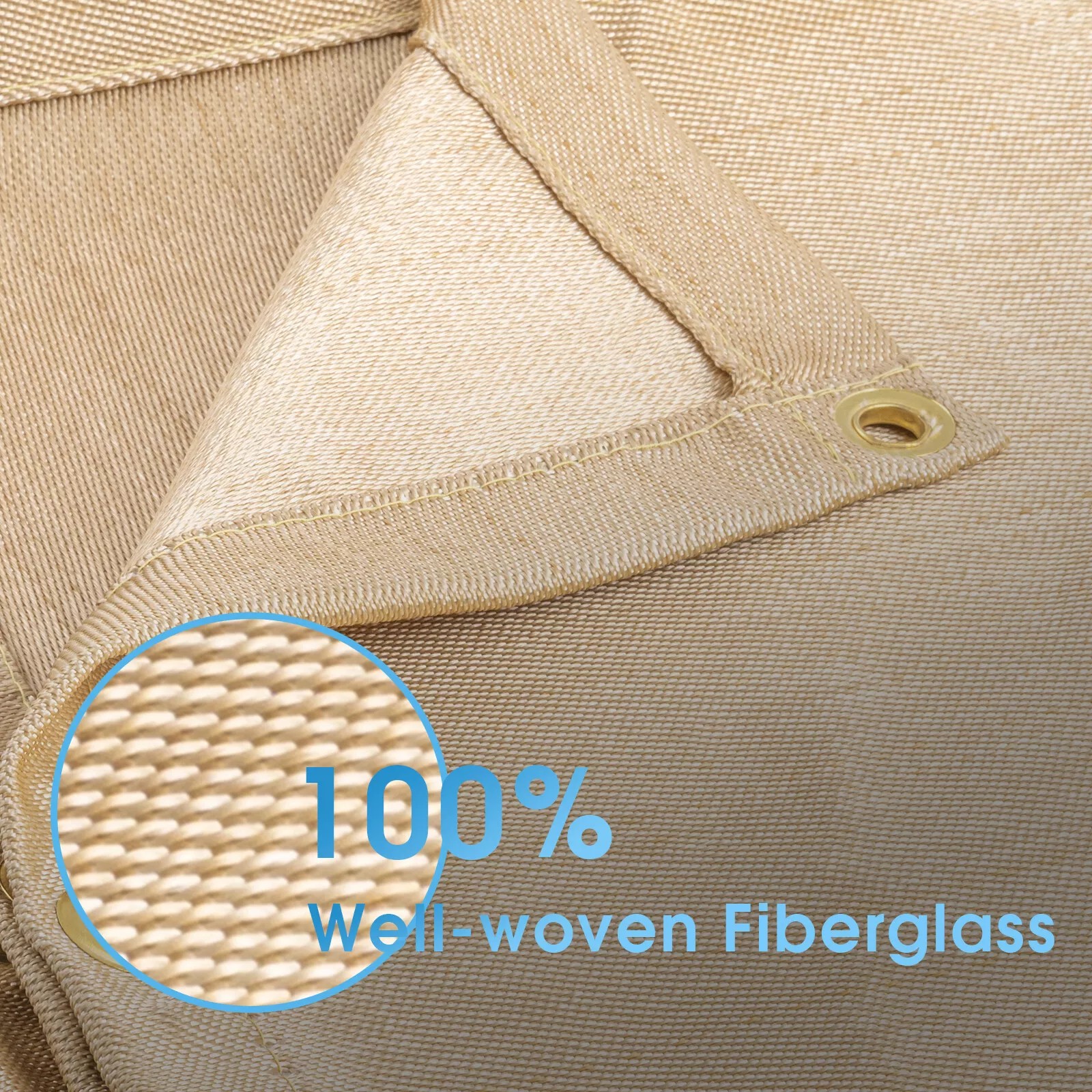

Heat Resistance Comparison
Carbon fiber welding blankets typically withstand temperatures up to 3,000°F (1,650°C), making them ideal for high-heat applications like plasma cutting or heavy-duty welding. Fiberglass blankets usually handle 1,000-1,800°F (540-980°C), sufficient for most standard welding tasks.
The superior heat resistance of carbon fiber comes from its molecular structure, which maintains strength at extreme temperatures. Fiberglass begins to degrade at lower temperatures but provides adequate protection for common welding processes.
Durability and Longevity
Carbon fiber blankets offer exceptional durability with high tear resistance. They withstand repeated use in harsh conditions without fraying or breaking down. Fiberglass tends to be more brittle and may develop tears over time, especially when frequently folded or moved.
For daily industrial use, carbon fiber lasts significantly longer. Fiberglass works well for occasional use or when budget constraints exist.
Flexibility and Handling
Fiberglass welding blankets are generally more flexible and easier to drape over irregular surfaces. Carbon fiber maintains some stiffness, which can be advantageous when you need rigid protection but makes conforming to complex shapes slightly more challenging.
Weight Considerations
Carbon fiber blankets are remarkably lightweight despite their strength, reducing fatigue during setup and movement. Fiberglass tends to be heavier, especially in thicker grades designed for higher temperature resistance.
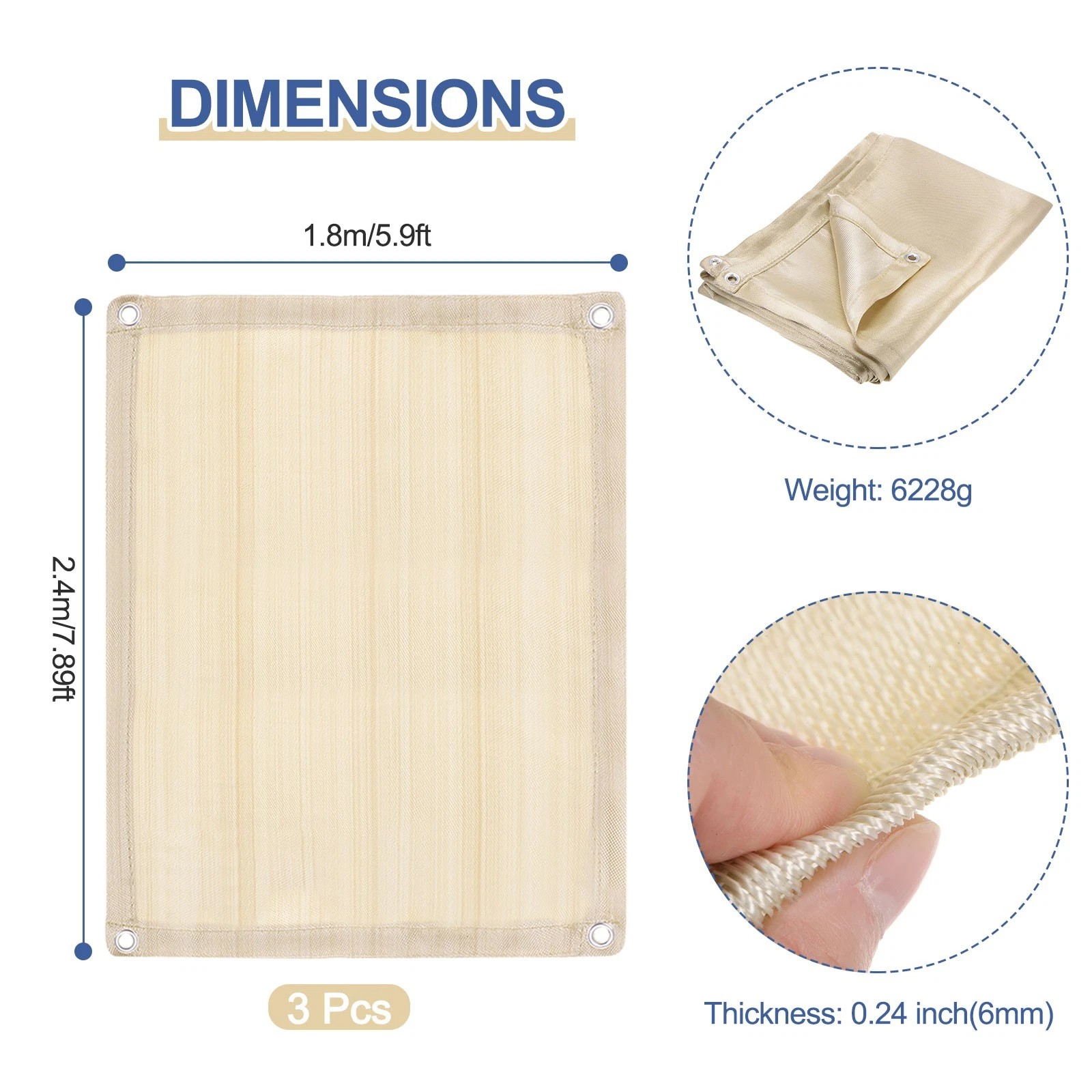
Safety Features
Both materials are non-flammable and self-extinguishing. Carbon fiber provides better protection against molten metal splash due to its tighter weave. Fiberglass may require additional coatings for equivalent splash protection.
Cost Comparison
Fiberglass welding blankets are more budget-friendly, typically costing 30-50% less than carbon fiber equivalents. However, carbon fiber's longer lifespan often makes it more cost-effective for intensive use over time.
Maintenance Requirements
Carbon fiber resists contamination better and cleans more easily. Fiberglass may trap slag particles in its weave, requiring more frequent replacement in dirty environments.
Application Recommendations
Choose carbon fiber welding blankets when:
- Working with extremely high temperatures
- Needing maximum durability
- Prioritizing lightweight protection
- Budget is primary concern
- Working with standard welding temperatures
- Needing flexible coverage for complex shapes
Environmental Considerations
Carbon fiber production has a higher environmental impact than fiberglass. However, its longevity may offset this through reduced replacement frequency. Fiberglass is more widely recyclable at end-of-life.
Making Your Decision
When deciding between carbon fiber vs fiberglass welding blankets, consider your specific needs:
- Maximum temperature requirements
- Frequency of use
- Budget constraints
- Weight preferences
Conclusion
Both carbon fiber and fiberglass welding blankets provide essential protection, but serve different needs. Carbon fiber excels in extreme conditions with superior heat resistance and durability, while fiberglass offers cost-effective solutions for standard applications. Your choice ultimately depends on your specific welding requirements and working conditions.


